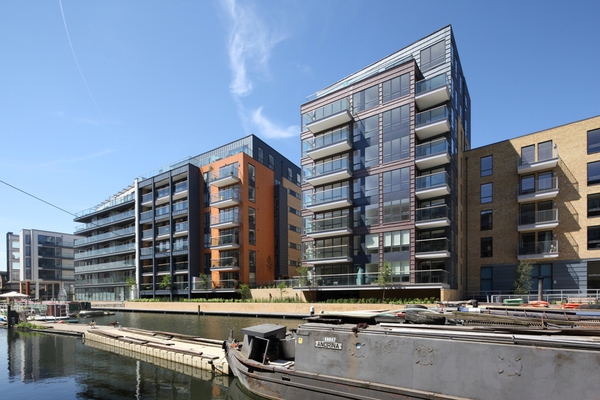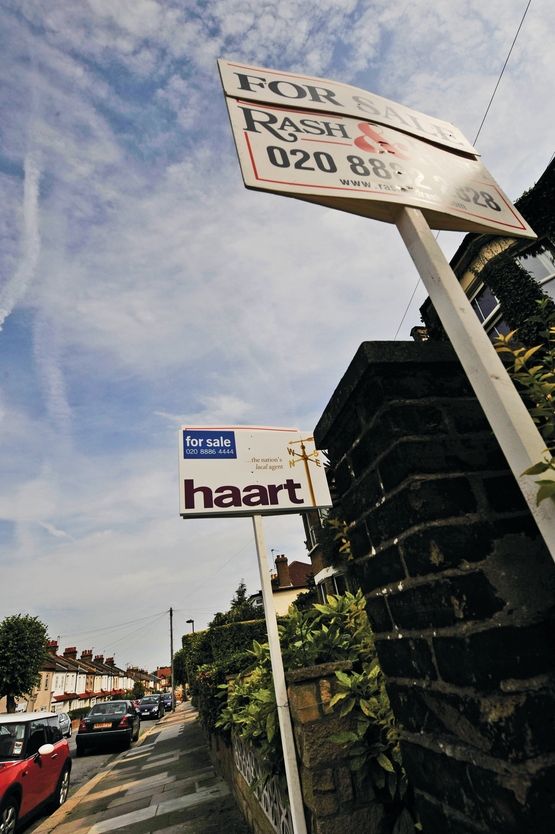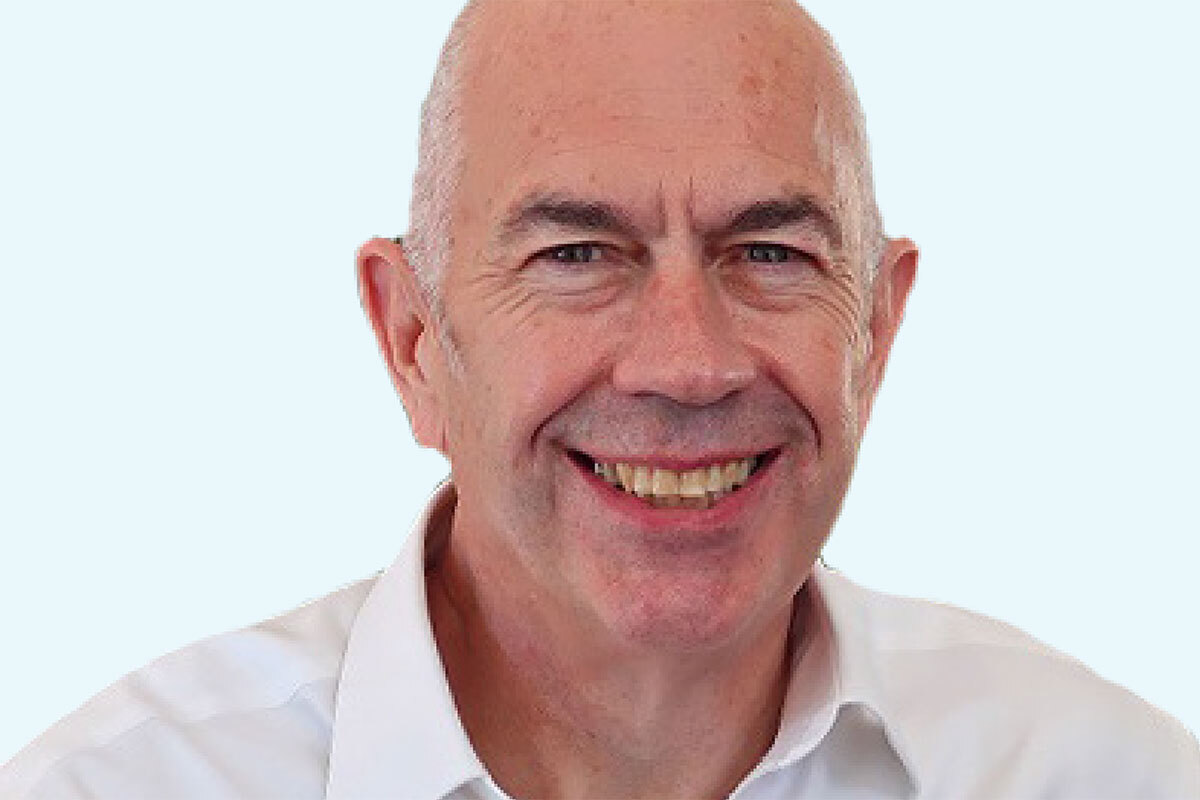You are viewing 1 of your 1 free articles
Missed opportunity
The government should spend the £2bn it’s apparently ploughing into the Help to Buy ISA on boosting supply to really help end the housing crisis once and for all, says Waqar Ahmed

Last year housing associations built a third of all the new homes in England
There is a lot to forgive a chancellor in the last Budget announcement before a general election – difficult decisions that may be good for the economy might not translate so well to voters. Traditionally this is the Budget where you play it safe – loosen the belt and make friends.
Yesterday’s announcements saw Osborne flirting lightly with housing. Loosening the belt on demand through the Help to Buy ISA may well mean good news for aspiring for home owners outside of London, but according to the National Housing Federation (NHF) it will cost the Treasury more than £2 billion over the next five years – or the equivalent of 69,000 affordable homes.
The chancellor still needs to do more to help support those focused on supply – the collective voice of the housing sector that’s calling for an end the housing crisis in one generation, and to double the amount of new homes currently being built.
Making this happen means being brave and ambitious about long term investment, even in the face of continued austerity. The new Housing Finance Institute announced earlier this week – set up through a shared ambition to tackle the crisis – is hoping to create an army of house-building councils – either through joint ventures or through development in-house, by sharing skills and knowledge within the sector.
Putting all the eggs into the Housing Finance Institute’s basket places a lot of pressure on councils who last year built just 2% of England’s new homes. Whilst there is huge appetite – and need – for councils to start building, it ignores the existing capacity and capabilities of the rest of the sector.
No doubt the Housing Finance Institute’s heart is in the right place – but it’s missing a big trick. Last year housing associations built a third of all the new homes in England. And, like local authorities, there is so much more we can do using our combined skills, financial track record and above all desire to end the housing crisis – working alone, with councils or with private house builders.
Over the next 10 years, L&Q plans to invest some £12 billion and build 50,000 new homes – half of which will be affordable – through a combination of business efficiency and taking measured commercial risks we will unlock significant investment capacity. We can do this as we reinvest all of our surpluses back into our charitable objectives .
If we’re serious about increasing supply, we need to be serious about tapping into the capabilities and capacities of the whole sector. Housing associations have a huge role to play in building the types of homes we need, at the scale that we need them.
And we don’t just need capital investment; we also need an investment in commitment.
All this can be achieved if we have a real commitment from all political parties to end the housing crisis in a generation. Writing this article at the National Housing Finance Conference, the main agenda for finance directors up and down the country in both big and small housing associations is to create the financial headroom to do more.
Let’s kick-start development by expanding the remit of the Housing Finance Institute to support everyone who wants to get building – from private and public developers to landowners and investors.
Five simple steps
Once this is done, the Institute can play a real role in supporting development in five simple steps:
- Firstly, by making a firm commitment to provide 2.5 million homes over the next ten years – the total amount needed to end this housing crisis. This commitment to delivery will give providers confidence to invest in apprenticeships, jobs, growth, new methods of construction and homes.
- Secondly, let’s find the land. The Institute should be responsible for issuing a deadline for all developable public and private land to be registered – deliverable via an extended London Land Commission announced yesterday.
- A commitment to building will require capital investment, but this can be done off balance sheet by extending the existing government bond guarantee. This long term, low cost money doesn’t score as public sector borrowing or expenditure – a win-win for the sector and government.
- Fourthly, we can extend this bond guarantee to everyone – including Local Authorities - in possession of registered developable land, provided they identify their partners and commit to planning, starts and completions by a given date.
- Finally, the Institute needs real powers in order to penalise land hoarders – or provide incentives to encourage release. It should cost more to sit on developable land than it does to use it.
We’ve got the pieces of the housing jigsaw at the ready: the capabilities, capacity and appetite to build. Let’s get serious about supply and investment – and put that £2 billion towards ending this housing crisis in one generation.
Waqar Ahmed, group finance director, L&Q















